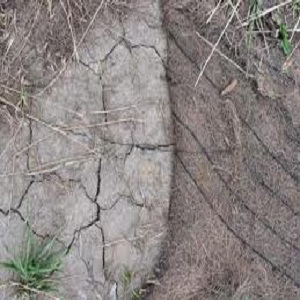How to Fix Compacted Soil

Compacted soil is one of the worst soil problems that make growing plants a hard job. The soil is hardened to an extent that it does not let the roots of a plant breathe freely. It also reduces water supply to the roots because it is hard for the water to move through the soil. Soil compaction develops when the soil comes under a load and the dense layers start to get packed together. This can be a result of tractors, wheeling equipment and other machinery over moist soil. The soil particles now have fewer spaces between them making both air and water transport difficult.
Instructions
-
1
Pasture phase:
This can be an expensive option but a long term and effective one. Give your soil patch a break. This will rejuvenate its organic matter and restore balance to it. The option may prove costly for you in the short term because you cannot use the soil but in the long term it will give a free hand to use your soil in an effective way. -
2
Deep rigging:
This requires hard work. You have to manually break the hard compact layer of soil. You can do this using a spade or a fork. It will relieve your of the hard compact surface. You can also go for a deep ripping process when you are preparing your soil. You can make the process economical by applying nutrients to the soil at the same time. -
3
Reduce traffic:
When you evaluate the reasons behind soil compaction, you will realize that traffic is the main culprit. Section the patch with compact soil issues and put a barrier around it like wires or fence. You should provide an alternative route for the traffic. This will give the area rest and let it recover. This is especially necessary when the soil is moist because the soil is most susceptible to compaction when it is wet. -
4
Get professional help:
If you feel the problem is too big for you to handle on your own, you can seek help from a horticulturist who will help you identify the reasons and suggest solutions. You can also help yourself to commercial products available in nurseries made to tackle this specific problem.




